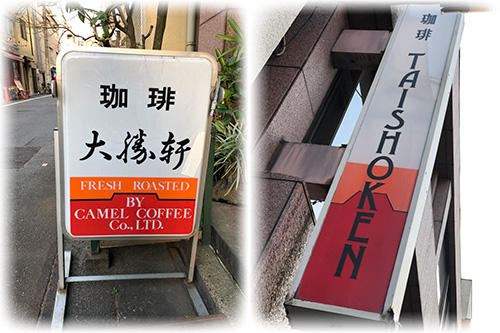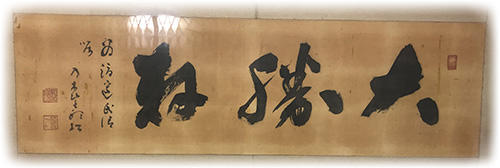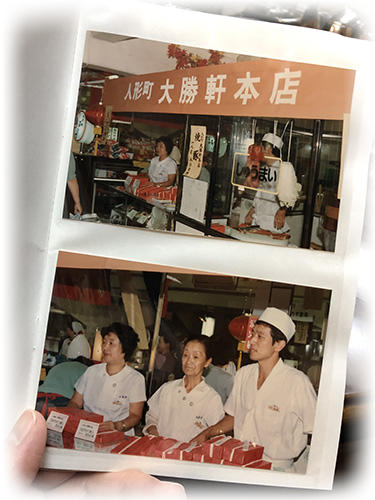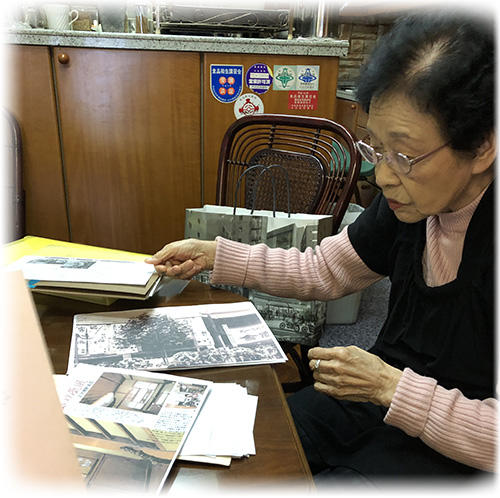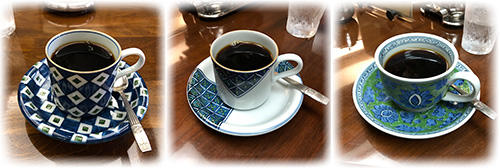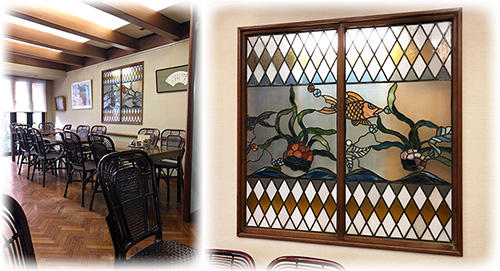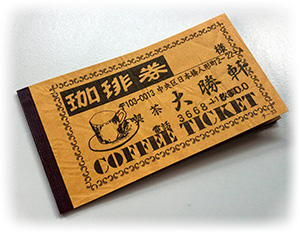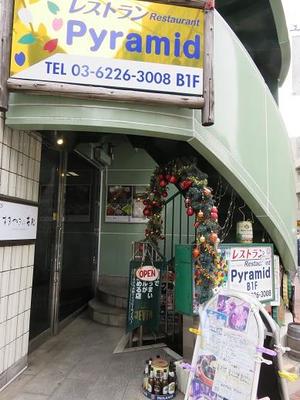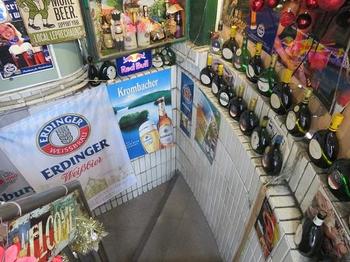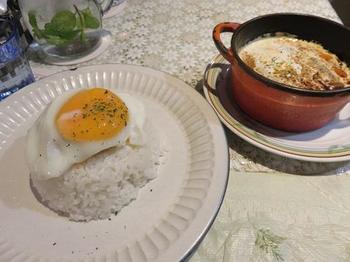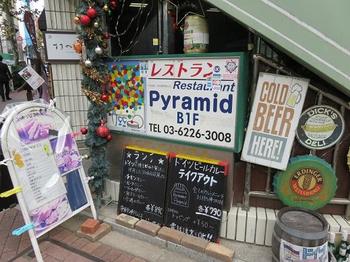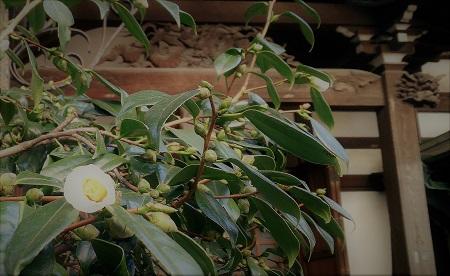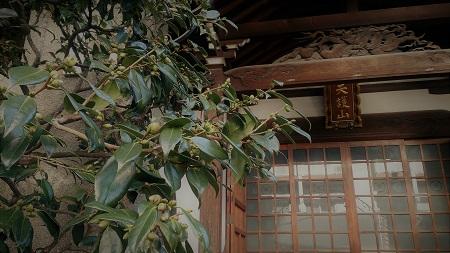We escalate "gifts, and enjoy yourself" and cover rosemary sea.
From December 6 (Thursday) to January 7 (Monday), 2019, we are holding a sale entitled "Yeharu Nihonbashi Kiya" at the long-established knife shop Nihonbashi Kiya Honten, inside the store, and the attached gallery izutuki.
In addition, "Hiromi Nagasawa's Hakata Mizuhiki", which was introduced last time, is also being sold at this corner.
Click here for an article on Hakata Mizuhiki.
⇒ /archive/2018/11/izutuki.html
This time, we also took care of Mr. Kaneko, manager of Kiya Nihonbashi Honten Co., Ltd. The word "" is a comment from Mr. Kaneko.
Let me introduce you to you. All prices are tax-included. The image can be expanded by clicking.
First from inside the store...
Chinese zodiac chopsticks made in Japan Yoshino Hinoki (upper row: red goods) from child to boar 216 yen each
Chinese zodiac chopsticks that contain the zodiac sign of the year of birth are lucky charms.
The gold letters of Earthly Branches and Kotobuki are designed.
A total of 13 types of chopstick bags are available, with a design containing all Earthly Branches added to 12 types of chopstick bags for children to the boar.
Chinese zodiac chopsticks Domestically produced Motoyanagi (Mizuki) (lower row: green items) from child to boar 324 yen each
Willow is said to have sprouts first in a year.
Kiya-san made zodiac chopsticks using precious domestic Motoyanagi (Mizuki).
The vermilion ink line drawing, which is a symbol of the green lightness of young leaves, is drawn in a unique way of expression that is comparable to the material.
The design is by the painter Hiroko Kuwahara.
Chinese zodiac fukinhai 540 yen
Eight mosquito net fabrics made in Nara, which has long been famous for producing mosquito nets, have been layered, and the unique softness has been added to the durability.
Chirimen Crepe Fukuhai University 756 yen out of 972 yen Small 540 yen
Small items that call fortune
Other than Chirimen Crepe Fukuhai (large, medium and small), Suikoto Suzunetsukihai 540 yen Suikoto Suzunezuke beckoning cat 540 yen Chirimen Crepe Fukuyanetsuki 540 yen Wallet amulet 378 yen each
New Year's decorations from 3,800 yen
The shape of cranes, turtles, and lucky animals.
To enjoy the decorations...
・ Contrary to Ke (= everyday), a left rope (Z-shaped twist) is used in the place of Hare (= extraordinary).
・ In order to welcome "New Year's-sama", let's decorate the tools, animals and places that are always taken care of, including the entrance.
・ Decorate on December 28 and 30 to avoid the day when "9" is attached or the day of the day (decorating on the 31st).
・ Burn on January 15 (first full moon festival). Or decorate it for a year and replace it with a new one at the end of the next year.
Figurine-shaped ornaments from 2,500 yen to Michikusa-an
It is made using self-cultivated rice (Redkichicho, green rice).
The decoration is very popular. Please forgive me when it is out of stock.
KIYA Kurozume Kirigai Large quantity limited to 1,296 yen
KIYA Kurozumegiri Pig Limited quantity of 756 yen
"The end of Heisei, I dared to enter '2019'. (Even if you put letters and pictures, the price is the same.) "
Left: 2,376 yen Right: Chinese zodiac shamojihai 594 yen
The Chinese zodiac sho 1 gohai 648 yen
Next, Gallery izutuki...
There are 2 types of Chinese zodiac chopsticks and zodiac cloth here too. Moreover, the Chinese zodiac cloth is a set of auspicious twelve branches.
Hiromi Nagasawa's "Hakata Mizuhiki" (center) introduced in November is also on sale.
The products that are usually sold (left) are also on the shelf. Would you like to use it from New Year?
Chinese zodiac cloth set (Earthly Branches set) 6,480 yen
・・・This is the information of "Fukubukuro" at Nihonbashi Kiya Honten. Available from January 2, 2019 (Wednesday).
It's full of cooking utensils. There are three types.
1 10,800 yen Only 30 pieces
1 21,600 yen Only 30 pieces
1 Only 32,400 yen 10 pieces
For example, a lucky bag of 21,600 yen contains items worth 54,300 yen.
・・・Kiya's great sale, lucky bag. Don't miss it.
Nihonbashi Kiya
2-2-1 Nihonbashi COREDO Muromachi 1st floor
Exit A6 of Mitsukoshimae Station on the Tokyo Metro Hanzomon Line and Ginza Line
03-3241-0110
Business hours 10:00 to 20:00
It is open without holidays except for New Year's Day.
Click here for Kiya's website
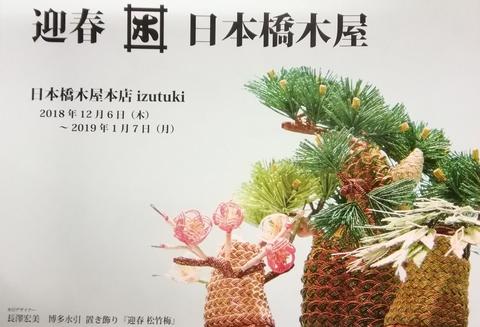
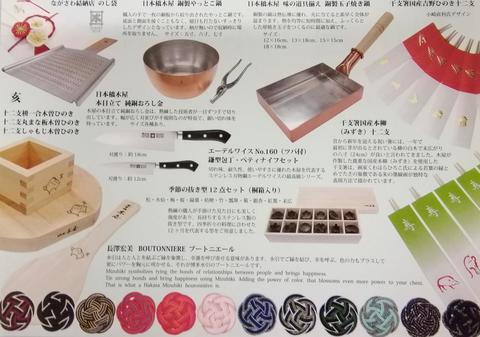
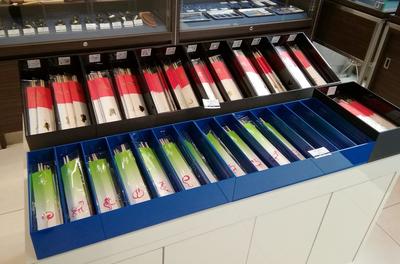
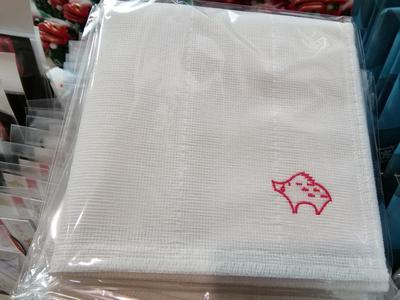
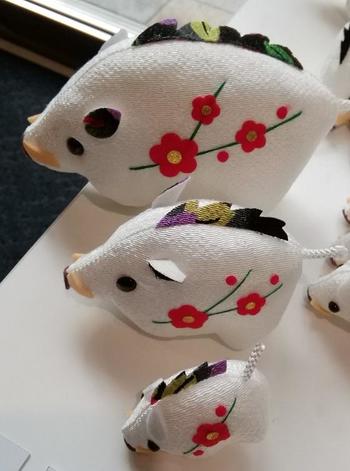
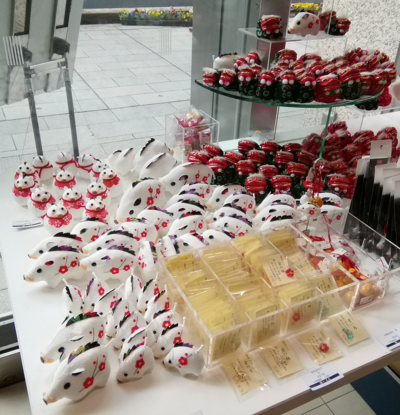
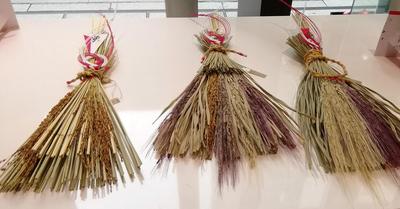
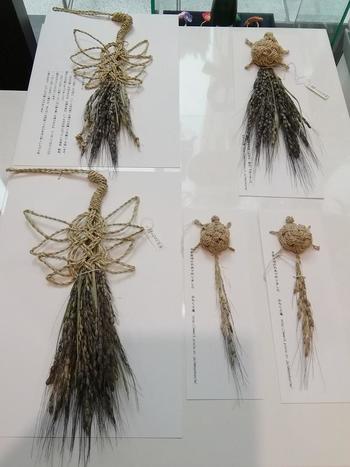


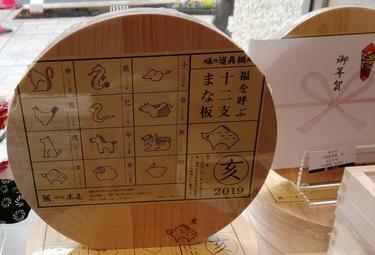
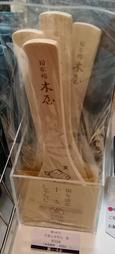
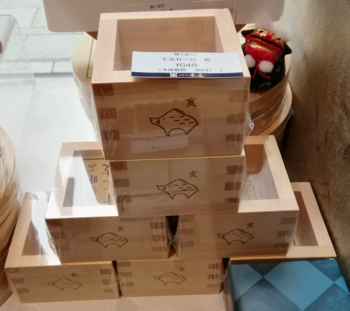
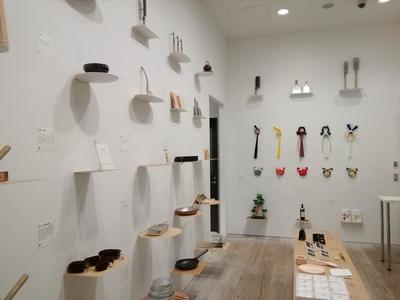
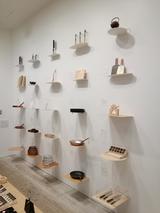
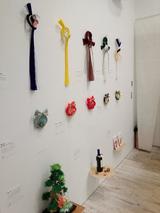
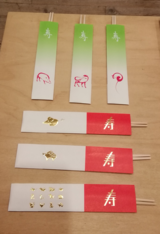
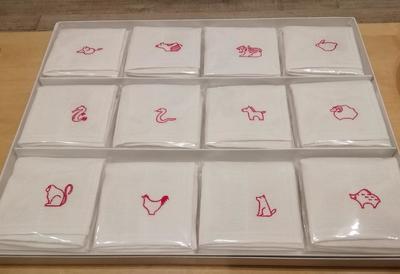
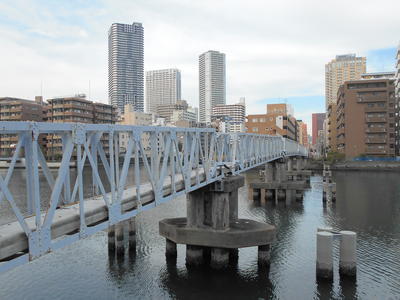
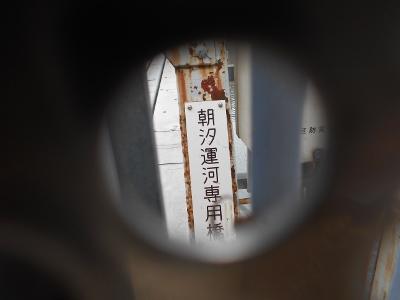
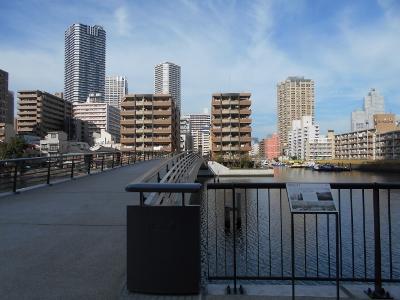
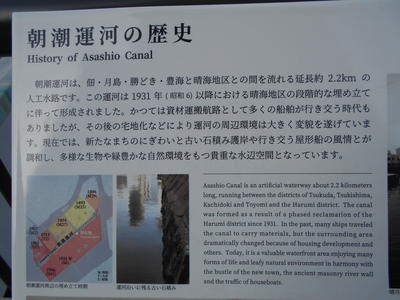
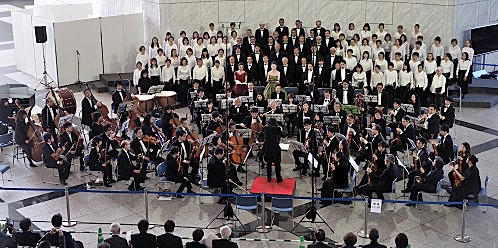
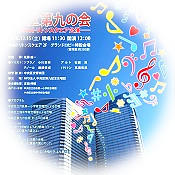 Shiwasu's annual Beethoven Ninth Concert. From 12:00 on December 15, at the Grand Lobby Special Venue on the 2nd floor of Harumi Triton Square, the 12th Triton Square performance of "Chuo-ku Ninth Meeting" conducted by Yuichi Sato was held this year.
Shiwasu's annual Beethoven Ninth Concert. From 12:00 on December 15, at the Grand Lobby Special Venue on the 2nd floor of Harumi Triton Square, the 12th Triton Square performance of "Chuo-ku Ninth Meeting" conducted by Yuichi Sato was held this year.